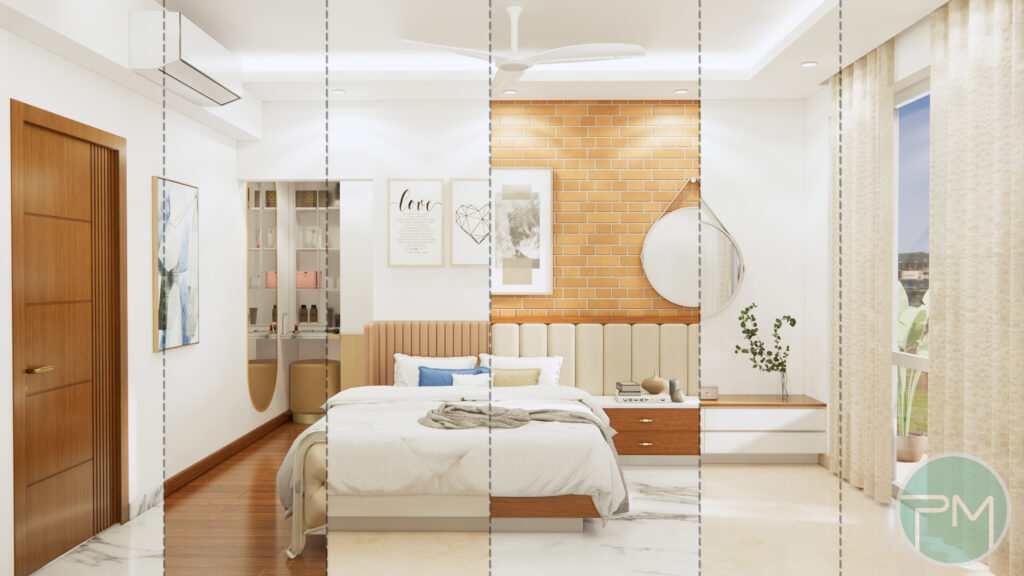
Choosing the Perfect Home Design Style? Create a Space that fits Your Lifestyle.
Collect full set of guidelines to design your home – for free
What are design styles and how are these used in interior designing?
Nowadays, there is an abundance of interior design styles that have gained traction in modern homes. From modern and minimalistic to classical traditional design, the choices are abundant. The real challenge lies in staying well-informed about the various decorating styles that continue to emerge on a daily basis.
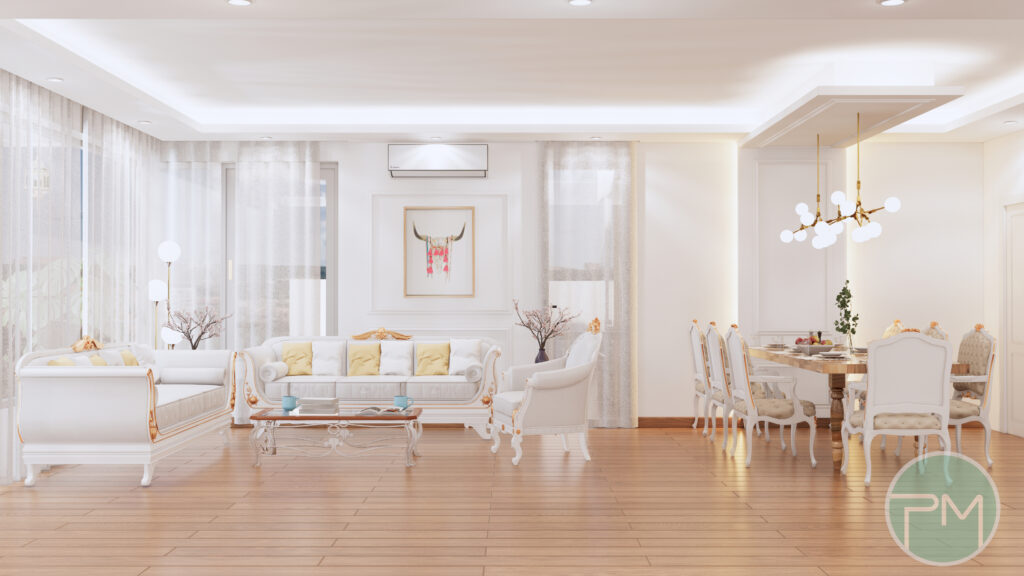
In interior design, there are various design types or styles that define the overall aesthetic and ambiance of a space. Each design type has its unique characteristics, influences, and elements. Here are some popular design types in interior design:
- Traditional design style
- Modern design style
- Modern pastels
- Minimalistic
- Indian ethnic
1. Traditional design style
Traditional design style in interior design draws inspiration from classic European styles, reflecting elegance, sophistication, and a sense of timelessness. In traditional design furniture tends to be ornate and intricately detailed. It often includes pieces with curved lines, carvings, and decorative elements. Traditional design feature attention to detail and decorative accents. Moldings, cornices, chair rails, and wainscoting are often used to create architectural interest.
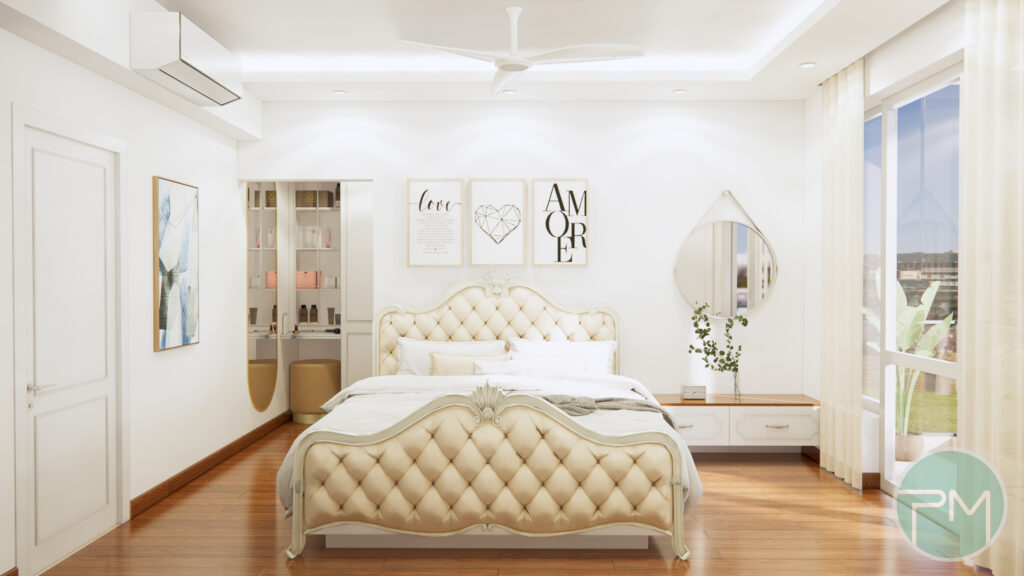
2. Modern design style
Modern design style in interior design emerged in the early to mid-20th century and is characterized by its sleek and minimalist aesthetic. It emphasizes clean lines, simplicity, and functionality. It eliminates unnecessary ornamentation and focuses on the beauty of simple forms. Geometric shapes and sleek profiles are prevalent in modern design. Modern design typically employs a neutral color palette with bold accents. Black, white, and shades of gray are commonly used as base colors, while pops of bold colors like red, yellow, or blue may be introduced as accents.
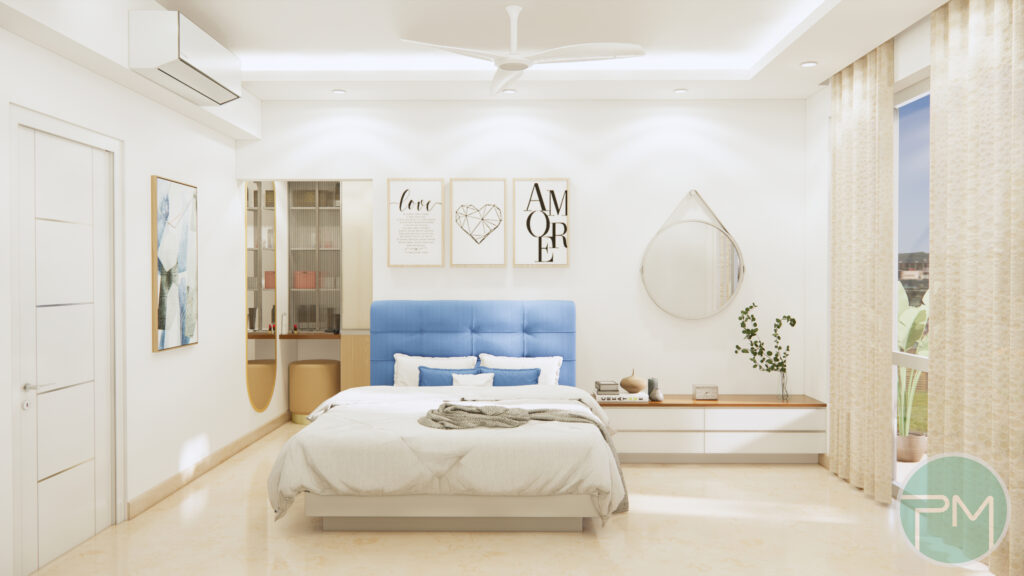
3. Modern pastels
Modern pastel design is a contemporary design style that combines the clean lines and simplicity of modern design with the soft and soothing color palette of pastel hues. It creates a fresh and serene atmosphere while maintaining a modern aesthetic. The color palette in modern pastel design primarily consists of soft and muted pastel shades. These include gentle hues like blush pink, mint green, baby blue, lavender, peach, and light gray. These colors are used as the foundation for the overall design scheme. Modern pastel design retains the clean lines and minimalist approach of modern design. It emphasizes simplicity and avoids excessive ornamentation. Straight and sleek lines are predominant in furniture and architectural elements
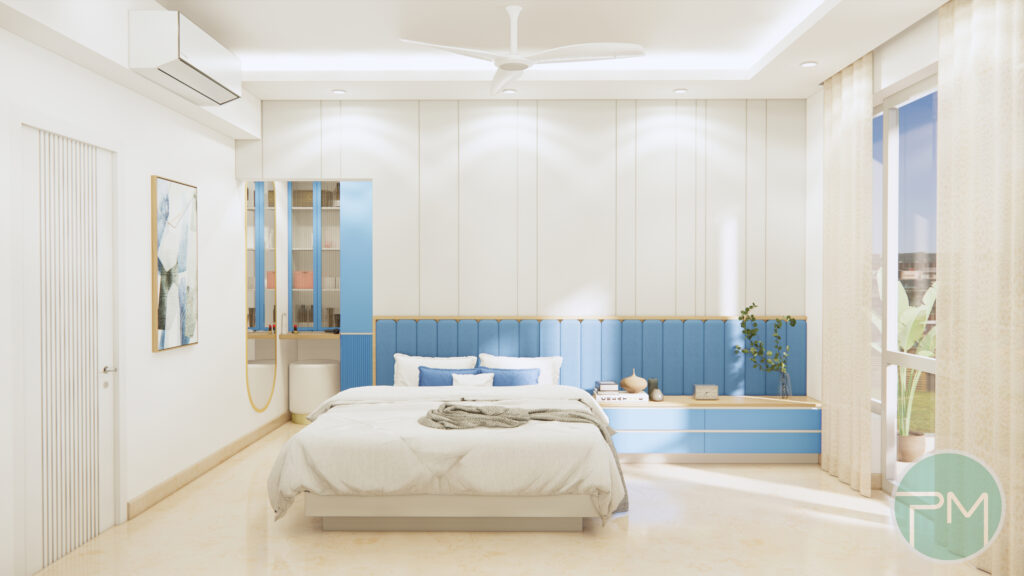
4. Minimalistic
Minimalistic design in interior design is characterized by simplicity, clean lines, and a focus on functionality. It embraces the philosophy of “less is more” and promotes a clutter-free and uncluttered environment. Minimalistic design emphasizes straight and clean lines in furniture, architectural elements, and decor. Ornate details and excessive ornamentation are avoided, creating a sense of calm and order. Furniture in minimalistic design is chosen for its functionality and simplicity. In minimalistic design, texture and materials play a crucial role in adding visual interest. Smooth surfaces, such as polished concrete, glass, or stainless steel, are common.
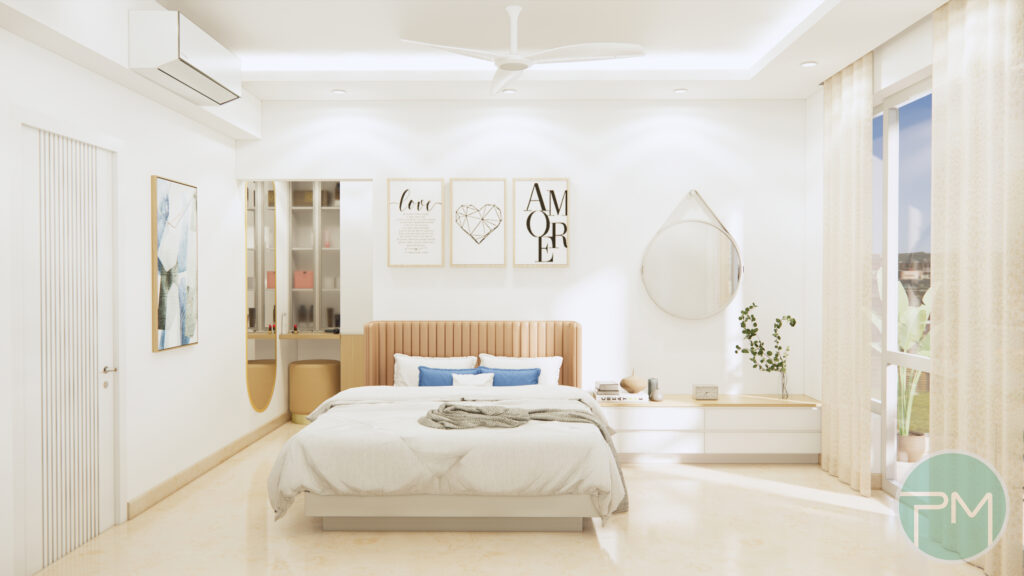
5. Indian ethnic
Indian ethnic interior design draws inspiration from the rich cultural heritage and traditional elements of India. It showcases vibrant colors, intricate patterns, and a fusion of diverse textures. Indian ethnic design embraces bold and vibrant colors. Deep hues like royal blue, emerald green, ruby red, and golden yellows are commonly used. These colors are inspired by the vibrant textiles, festivals, and natural landscapes of India. Indian ethnic design is known for its intricate patterns and motifs. These can be found on fabrics, wallpapers, rugs, and carved furniture. Popular patterns include paisleys, mandalas, floral designs, and geometric motifs, which are influenced by traditional Indian art and architecture. Natural materials like wood, stone, and clay are commonly used in Indian ethnic design. Exposed wooden beams, carved stone features, and terracotta tiles bring a sense of warmth and earthiness to the space.
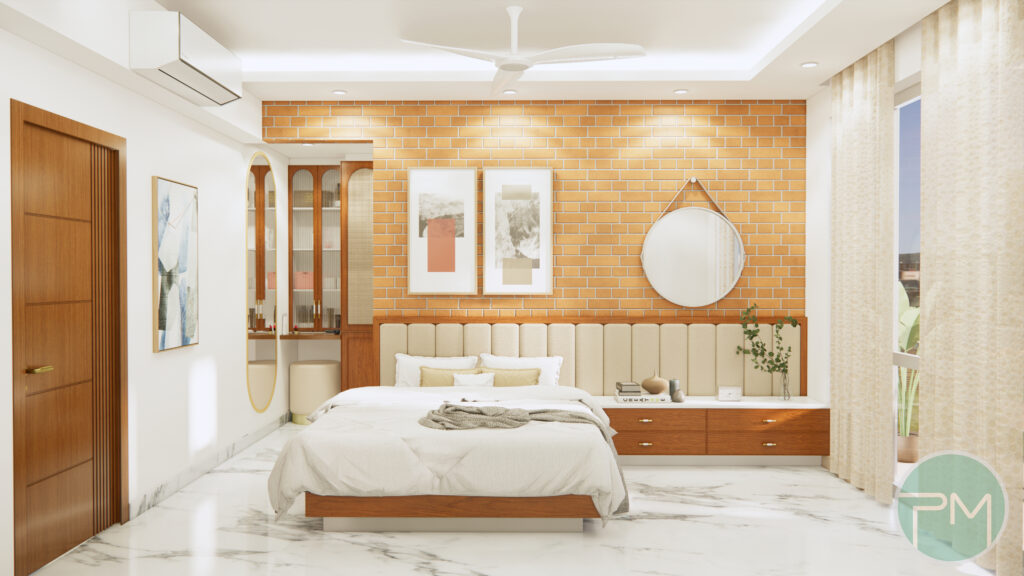
Why is choosing a design type important for interior spaces?
Choosing a design type is crucial for interior spaces because it sets the overall aesthetic, atmosphere, and functionality of the space. The design type determines the style, layout, and materials used, all of which significantly impact the occupants’ experience and the purpose of the space.
Here are some key reasons why selecting a design type is important:
- Functionality: Different design types prioritize specific functions and activities. For instance, a workspace may require an efficient layout with ample storage, ergonomic furniture, and good lighting, while a residential living room might focus on comfort, relaxation, and socializing. Choosing the right design type ensures that the space is tailored to meet its intended purpose and optimizes functionality.
- Adaptability and Longevity: Design types can influence the flexibility and adaptability of a space over time. By considering future needs and potential changes, such as renovations or repurposing, the design type can be chosen to accommodate those requirements. A well-thought-out design type ensures the space remains functional and visually appealing even as needs evolve.
- Aesthetics: Design types help establish the visual appeal of an interior space. Whether it’s a minimalist, traditional, modern, or eclectic design, each style creates a distinct look and feel. A well-chosen design type can enhance the ambiance, create a cohesive visual language, and evoke specific emotions or moods.
- User Experience: The design type significantly impacts the overall user experience within the interior space. It affects aspects such as comfort, accessibility, and ergonomics. A thoughtful design type considers the needs and preferences of the occupants, ensuring that the space is enjoyable, inviting, and well-suited to their activities.
- Cohesion and Flow: Design types provide a framework for maintaining consistency and coherence throughout the interior space. They help guide decisions regarding color schemes, materials, patterns, and furniture choices, ensuring that all elements work harmoniously together. This cohesion creates a sense of flow, making the space more visually appealing and easier to navigate.
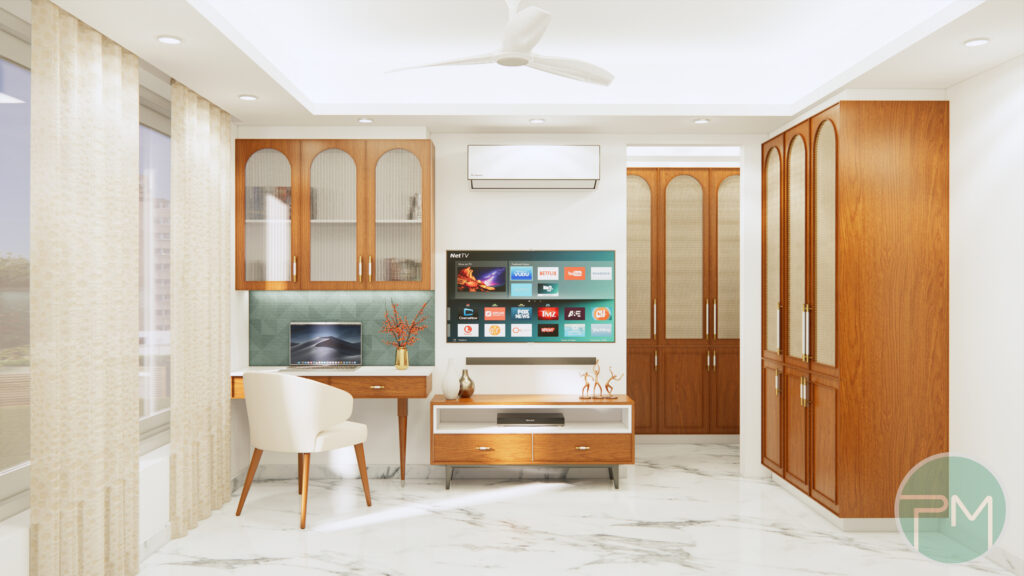
Learn how we at ‘Prayogshala Manifesto‘ use Design styles –
Collect full set of guidelines to design your home – for free
The initial step is to recognize the diverse range of styles that cater to various needs and preferences. It is not necessary for every home to conform to a specific style, but it is crucial to identify which style resonates best with one’s personal taste before embarking on the interior design process. Numerous design styles exist, ranging from traditional to modern, futuristic to classic. By familiarizing themselves with these styles, individuals can determine which approach aligns with their vision when designing a residential or office space.
Prayogshala Manifesto can provide clients with a comprehensive selection of choices, ensuring that they are well-informed about the possibilities available to them. The main reason why it is so important to have knowledge of different styles is that there are many people with different tastes. The more styles an interior designer knows, the more likely they will be able to help you find what you are looking for without having to leave it up to chance.
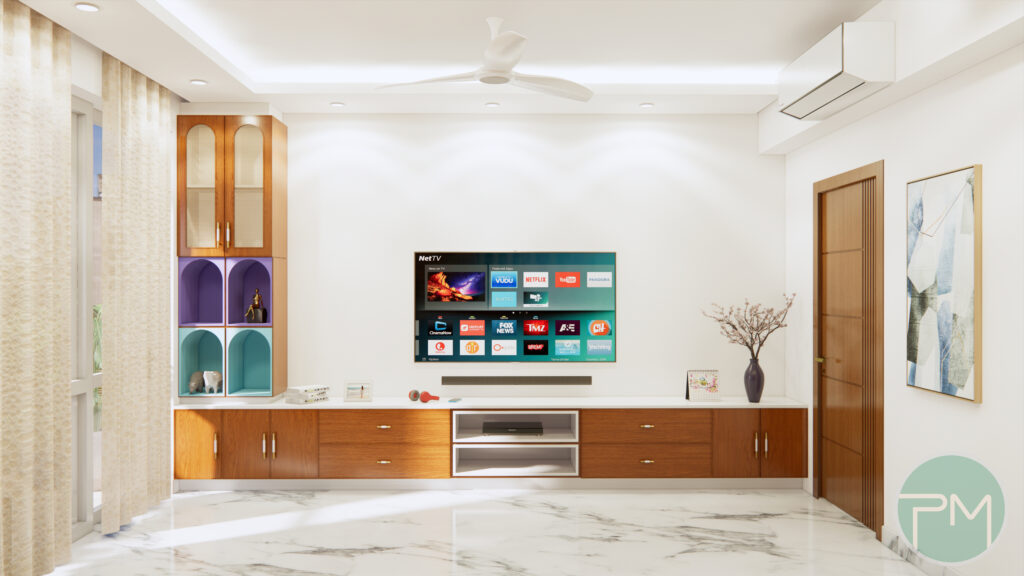
We at Prayogshala Manifesto also do a fusion of two different design types modern and modern pastel, but we always avoid the fusion of more than three different design types. Different design types often have distinct underlying principles and philosophies. For example, minimalism emphasizes simplicity and clean lines, while traditional design embraces complexity and abundance. Combining too many design types can lead to conflicting principles that may not work well together.
Collect full set of guidelines to design your home – for free
Need help?
We have simplified the understanding and use of design types in interior spaces which can be used for simple jobs.
See how Prayogshala Manifesto can help you with design styles in designing complex spaces with a large number of elements like residential apartments, villas, newly bought residences, residential flats, and other complex interior spaces.